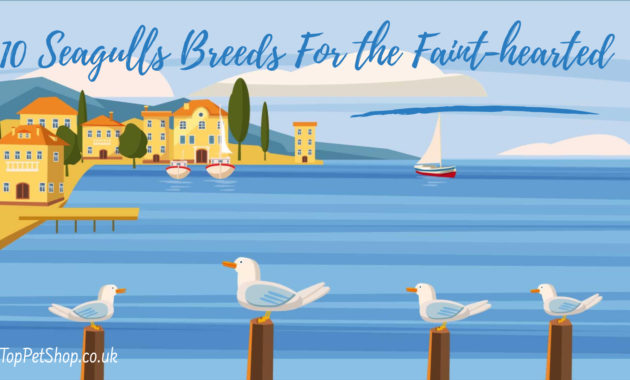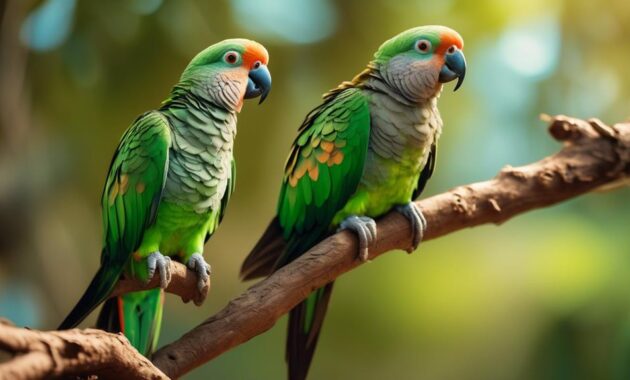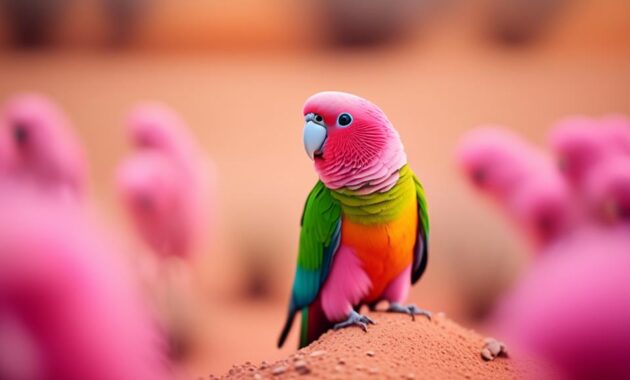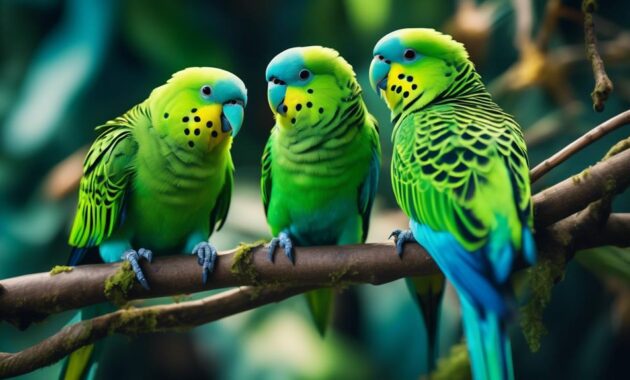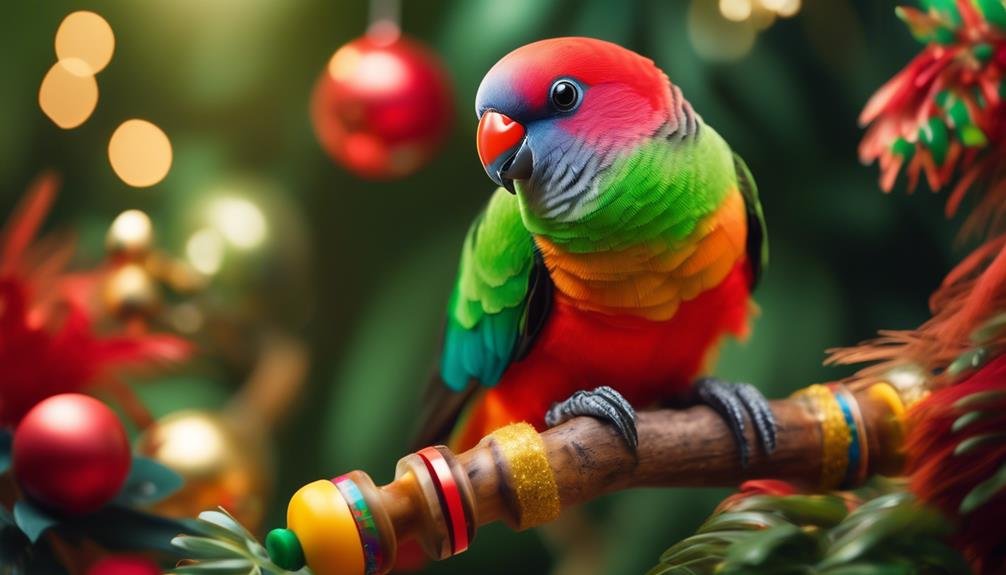
Coincidentally stumbling upon the Red Bellied Parrot might just be the best thing that could happen to you. With its vibrant colors and playful nature, this parrot is sure to bring joy and excitement to your life.
But there’s more to these captivating birds than meets the eye. From their intelligence and talking abilities to their need for social interaction, there’s a whole world waiting to be explored.
So, are you ready to embark on an adventure with the Red Bellied Parrot?
Key Takeaways
- Red Bellied Parrots are small, colorful birds with a combination of grey, green, and orange details.
- They have distinct red irises and unique hawk-like beaks, which contribute to their vibrant appearance.
- Red Bellied Parrots are intelligent and make great family pets, known for their affectionate and playful nature.
- These social birds enjoy interacting with their owners and can become the favorite pet of the family with their charming personality.
Size and Physical Characteristics
Red Bellied Parrots, with their vibrant colors and unique appearance, are relatively small compared to their close cousins in the parrot family. These captivating birds measure approximately 9 inches (23 centimeters) in length. Their combination of grey, green, and orange details sets them apart.
Females feature mostly grey plumage with a bright green lower belly, while males showcase lighter grey wings and upper body, along with a striking orange belly. With distinct red irises and hawk-like beaks, their vibrant colors and unique appearance make them stand out.
Despite their small size, Red Bellied Parrots are robust and hardy birds, known to live up to 20 years. Regular checkups and optimal conditions are essential for their long and healthy lifespan.
Lifespan and Health
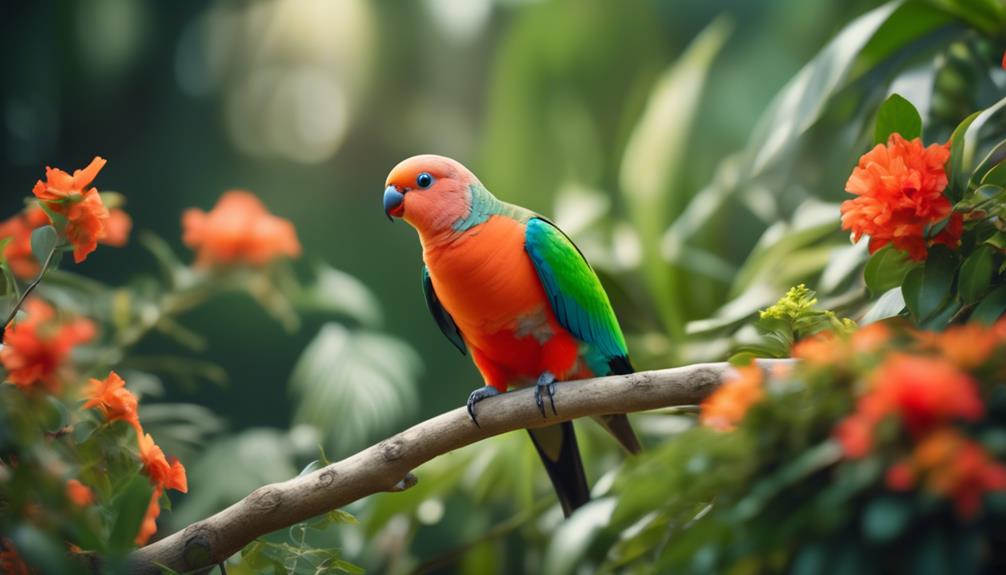
With their robust nature and potential lifespan of up to 20 years, it’s crucial to prioritize the health and well-being of Red Bellied Parrots. These birds are generally hardy and resilient, but regular checkups and attention are still important for maintaining their optimal health.
Extreme temperatures, both hot and cold, can be detrimental to their well-being, so it’s essential to provide them with suitable conditions. By ensuring they have a comfortable and stable environment, you can help them live a long and healthy life.
Take the necessary steps to keep them safe from temperature extremes and provide them with proper nutrition and care. With your dedication to their health, you can enjoy many years of companionship and joy with your Red Bellied Parrot.
Bird Species and Behavior
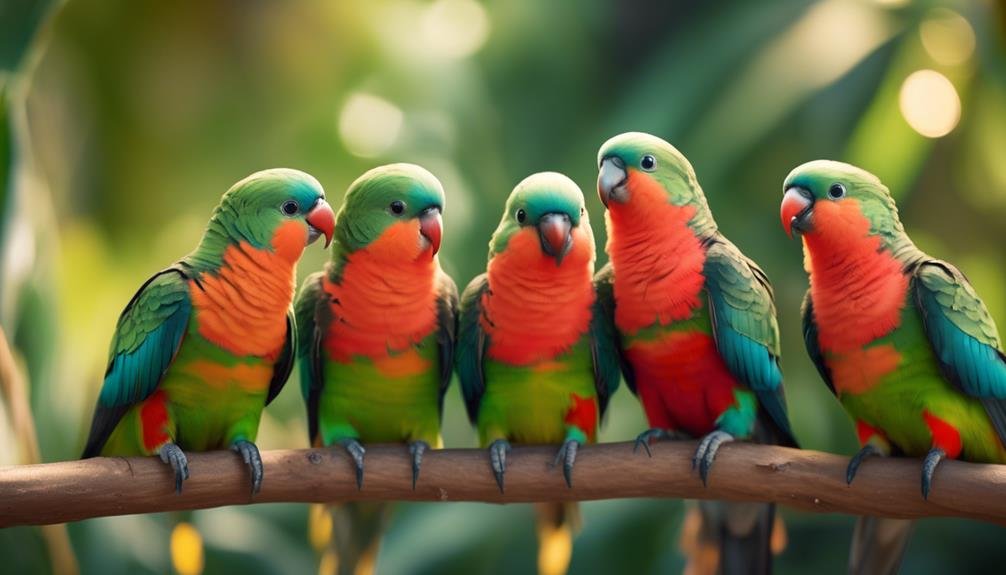
When considering the bird species and behavior of Red Bellied Parrots, it is important to note their intelligence and their ability to make great family pets. These vibrant and playful parrots belong to the Poicephalus parrot family and are known for their affectionate and fun-loving nature. They enjoy interacting with their owners and other household members, making them a charming addition to any family. Red Bellied Parrots are excellent talkers and can mimic sounds, adding to their entertaining personality. With their energetic and playful behavior, they love to play and learn new tricks. To emphasize their social behavior and affectionate nature, here is a table highlighting their key traits:
| Bird Species and Behavior |
|---|
| Social |
| Affectionate |
| Playful |
| Excellent talkers |
| Fun-loving |
Interaction and Social Behavior
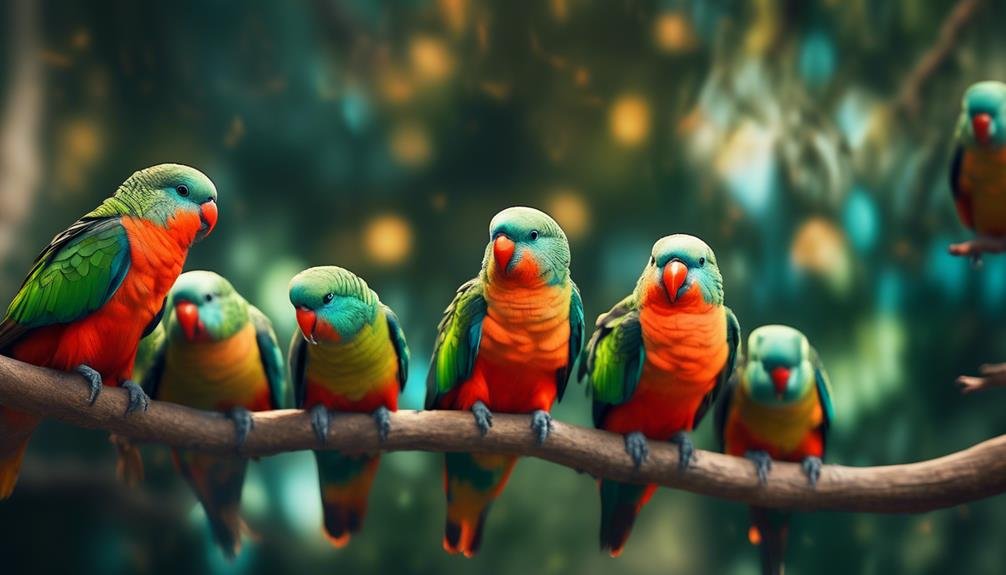
Interacting with Red Bellied Parrots is a joyous experience due to their social and affectionate nature. These playful birds love to interact with their owners and other household members. They thrive on attention and enjoy being the center of attention.
Red Bellied Parrots are fun, energetic, and affectionate pets, making them a favorite among families. They love to play and learn new tricks, which adds to the excitement of interacting with them. Whether it’s engaging in games or simply spending time together, their charming personality shines through.
Space and Care Requirements
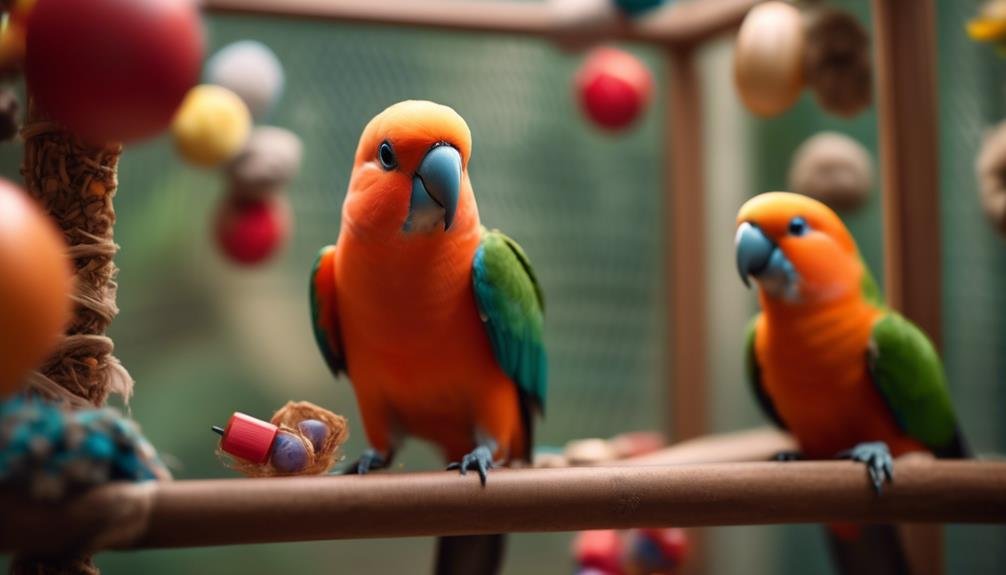
To ensure the well-being of Red Bellied Parrots, it is important to provide them with adequate space and care. These energetic and sometimes mischievous birds require a lot of space to thrive. They need a spacious cage or aviary that allows them to spread their wings and move around freely. Additionally, regular checkups and attention are crucial for their health. It is recommended to find an avian veterinarian who can provide specialized care for these birds. Red Bellied Parrots are sensitive to extreme cold or heat, so it is important to maintain optimal conditions in their environment. By providing them with the proper space and care, you can ensure a long and healthy lifespan for your beloved Red Bellied Parrot.
| Space Requirements | Care Requirements |
|---|---|
| Spacious cage or aviary | Regular checkups and attention |
| Room to spread wings and move around freely | Specialized avian veterinarian |
| Optimal environmental conditions | Protect from extreme cold or heat |
Diet and Feeding Habits
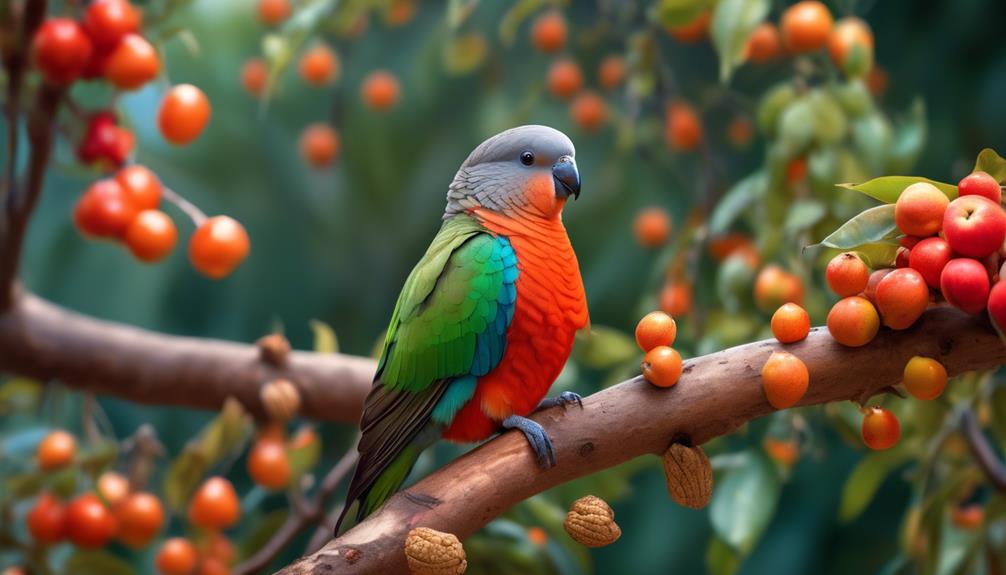
Red Bellied Parrots have specific dietary needs that should be carefully considered to ensure their overall health and well-being. These playful birds require a diet that consists of a variety of fresh fruits, vegetables, seeds, and pellets.
Fruits such as apples, oranges, and berries provide essential vitamins and antioxidants. Leafy greens like kale and spinach are important sources of calcium and other nutrients. Seeds, such as sunflower and pumpkin seeds, are a great source of protein and healthy fats.
It’s important to provide a balanced diet and avoid feeding them foods that are toxic to birds, such as avocado and chocolate. Additionally, fresh water should always be available for them to drink and bathe in.
Training and Enrichment Activities
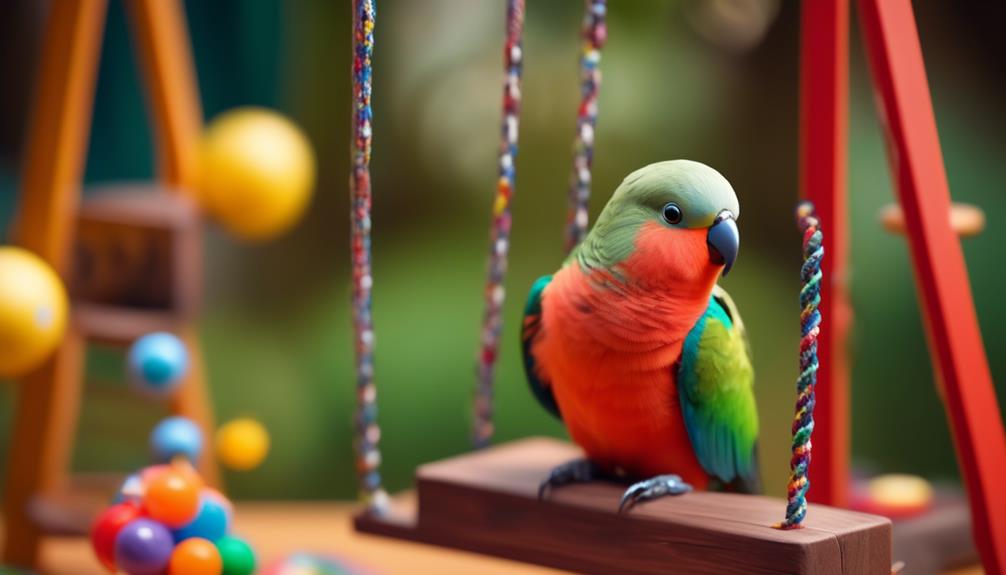
Training and enrichment activities play a crucial role in the overall well-being and development of your Red Bellied Parrot. These activities provide mental stimulation, exercise, and help prevent boredom in your feathered friend.
Teach your parrot basic commands like ‘step up’ and ‘step down’ using positive reinforcement techniques such as treats or praise. This not only strengthens the bond between you and your bird but also improves their cognitive abilities.
Enrichment activities like puzzle toys, foraging toys, and interactive games can keep your parrot engaged and entertained for hours. Provide a variety of toys that encourage climbing, swinging, and chewing to keep their beaks busy and their bodies active. Remember to rotate the toys regularly to keep things interesting.
Common Health Issues and Prevention
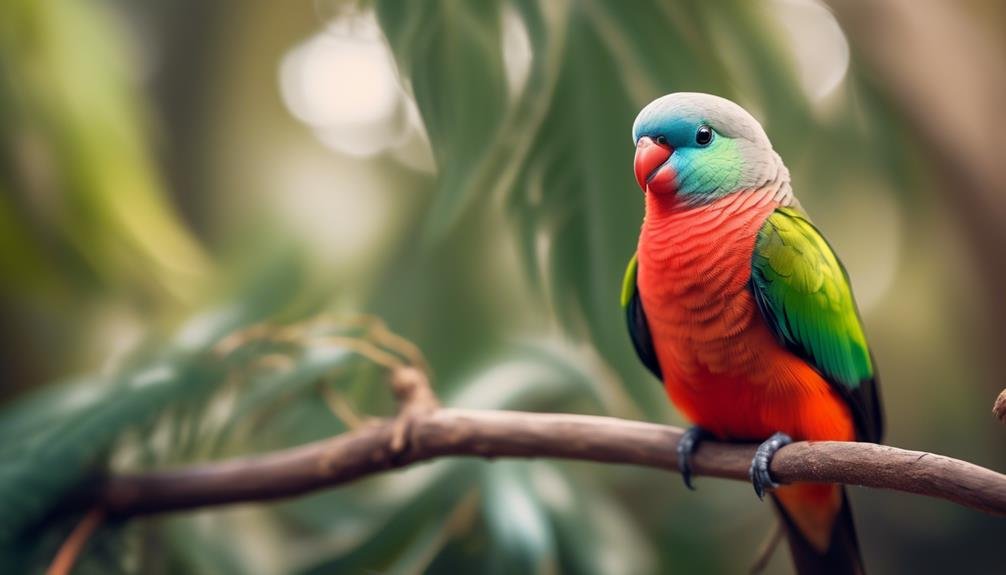
One important aspect of caring for your Red Bellied Parrot is understanding the common health issues they may face and how to prevent them. Red Bellied Parrots are generally robust and hardy birds, but it’s still important to provide them with regular checkups and attention. Extreme cold or heat can be detrimental to their well-being, so it’s crucial to strive for optimal conditions to ensure a long and healthy lifespan.
Some common health issues that Red Bellied Parrots may encounter include respiratory infections, feather plucking, and beak and feather disease. To prevent these issues, it’s important to provide a clean and well-maintained environment, regular exercise and mental stimulation, and a balanced diet. Additionally, make sure to consult with a veterinarian experienced in avian care for proper guidance and care.
Creating a Parrot-Friendly Environment
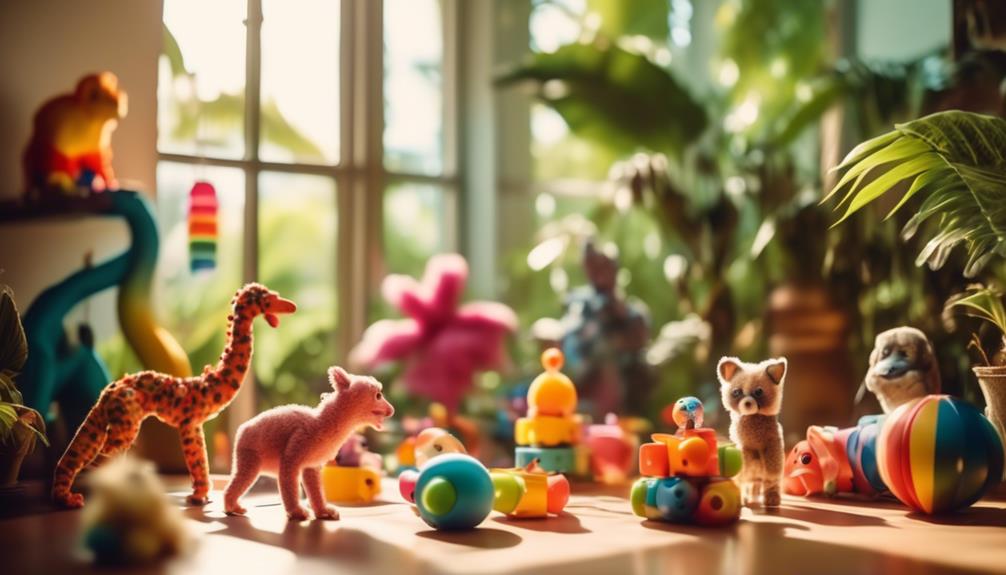
To ensure a healthy and happy life for your Red Bellied Parrot, it’s essential to create an environment that’s conducive to their needs and preferences. Here are five key elements to consider when creating a parrot-friendly environment:
- Provide ample space for your parrot to move around and exercise, as they’re energetic and playful birds.
- Include plenty of toys and mental stimulation to prevent boredom and promote their natural curiosity.
- Create a comfortable and secure living area with a cozy nesting spot for them to rest and sleep.
- Maintain a consistent temperature range, avoiding extreme cold or heat, as this can be detrimental to their well-being.
- Establish a daily routine and spend quality time interacting with your parrot to foster a strong bond and social connection.
Bonding and Building Trust
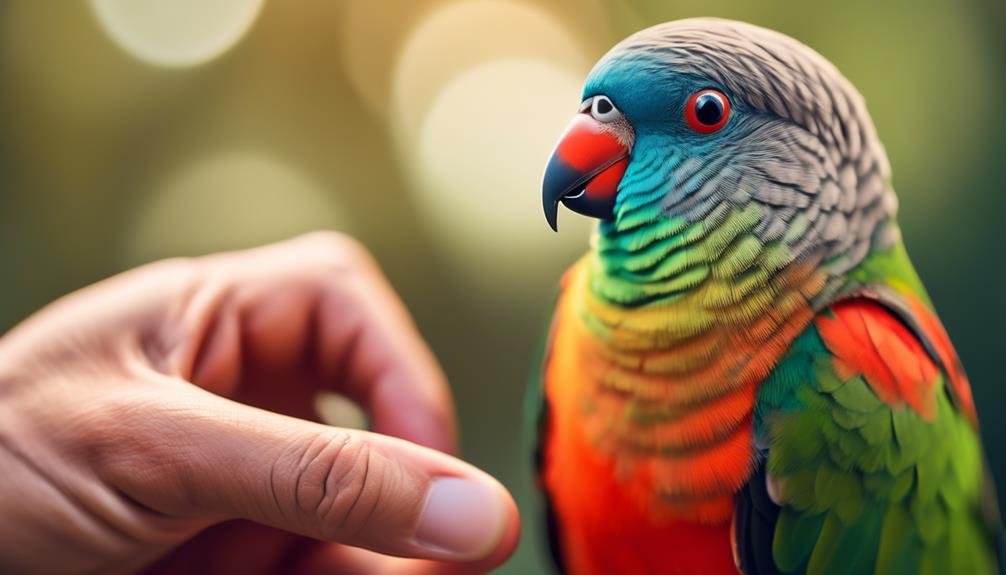
Building a strong bond and trust with your Red Bellied Parrot is essential for a fulfilling and harmonious relationship. To deepen your connection with your feathered friend, it is important to understand their behavioral cues and preferences. In the table below, you will find some key tips to help you bond with your Red Bellied Parrot:
| Bonding Tips | Building Trust Tips |
|---|---|
| Spend quality time together | Be patient and consistent |
| Offer favorite treats and toys | Respect their personal space |
| Engage in interactive play | Use positive reinforcement |
| Speak softly and soothingly | Avoid sudden movements or loud noises |
| Establish a routine | Give them time to adjust to new environments |
Tips for Choosing and Adopting a Red Bellied Parrot
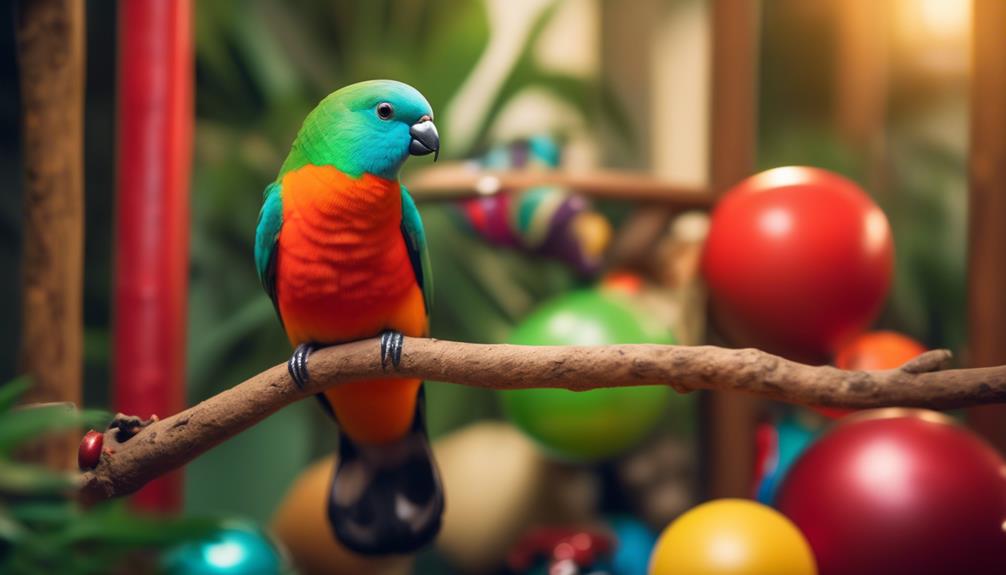
What factors should you consider when choosing and adopting a Red Bellied Parrot?
- Personality and Compatibility: Choose a Red Bellied Parrot that matches your lifestyle and energy level. Consider their temperament and social needs.
- Health and Condition: Look for a parrot that appears healthy, with bright eyes, clean feathers, and an alert demeanor. Avoid birds that show signs of illness or neglect.
- Age and History: Determine the age and background of the parrot you’re interested in. Younger birds may require more training and socialization.
- Environment and Space: Make sure you have enough space to accommodate the bird’s needs. Provide a large cage or aviary and ample opportunities for exercise and mental stimulation.
- Commitment and Time: Adopting a Red Bellied Parrot is a long-term commitment. Consider the time and effort required for proper care, training, and social interaction.
Frequently Asked Questions
Can Red Bellied Parrots Be Kept as Single Pets, or Do They Need to Be Kept in Pairs or Groups?
Red Bellied Parrots are social birds, so they thrive when kept in pairs or groups. They enjoy interacting with their owners and other household members, making them great companions.
How Often Should I Take My Red Bellied Parrot to the Vet for Check-Ups?
You should take your Red Bellied Parrot to the vet for regular check-ups at least once a year. It’s important to keep an eye on their health and address any potential issues early on.
Are Red Bellied Parrots Prone to Any Specific Health Issues That I Should Be Aware Of?
Red Bellied Parrots are generally robust and hardy birds. While they don’t have any specific health issues, regular checkups and attention are important for their overall well-being. Strive for optimal conditions to ensure a long and healthy lifespan.
What Are Some Common Enrichment Activities That I Can Provide for My Red Bellied Parrot?
To enrich your Red Bellied Parrot’s life, provide interactive toys like puzzles and foraging toys. Offer new textures, shapes, and colors. Rotate toys regularly to keep them engaged. Spend quality time playing and bonding with them.
Are There Any Specific Dietary Requirements or Restrictions for Red Bellied Parrots?
There aren’t any specific dietary restrictions, but a balanced diet is crucial. Offer a mix of fruits, vegetables, pellets, and seeds. Fresh water and occasional treats like nuts or millet sprays will keep your parrot happy and healthy.
Are Red Bellied Parrots and Musk Lorikeets Similar in Behavior and Characteristics?
Yes, red-bellied parrots and musk lorikeets share some similar behaviors and physical characteristics. Both birds display vibrant musk lorikeets behavior traits such as being social, vocal, and active. They also have similar diets, preferring fruits, nectar, and seeds. However, their physical appearances are distinct.
Conclusion
In conclusion, if you’re looking for a vibrant and playful addition to your family, the Red Bellied Parrot is the perfect choice.
With its unique combination of colors and distinctive appearance, this small yet striking parrot is sure to capture your heart.
Not only are they visually stunning, but they also offer companionship, intelligence, and endless entertainment.
By providing optimal conditions and care, you can enjoy a lively and charming companion for many years to come.

